How to get to Puerto Jimenez at the Osa Peninsula Costa Rica
The city of Puerto Jimenez at the Osa Peninsula was a gold-mining center during the 70s; today, it has about 9,000 inhabitants. It is located near the entrance of Golfo Dulce, and it is the southernmost port. It is the gateway to the Corcovado National Park (reservation at the MINAE office).
In Puerto Jimenez, there is much to see and to live, and the nightlife is lively. For adventure lovers, is possible to enjoy sport fishing tours, as well as hiking, rapeling, mountain biking, kayaking tours and on the beautiful Golfo Dulce dolphin and whale watching tours (during migration seasons to the South Pacific Costa Rica). Now if you prefer a quieter relaxed holiday, you can simply sit on the beach to see the most amazing sunsets. Playa Juanito Mora is worthy of special mention.
The climate in the Osa Peninsula is tropical and humid, with temperatures up to 90 degrees Fº. The dry season goes from January to April and the wet season from October to December.
Osa has three National Parks:
Marine Ballena National Park, Corcovado National Park and Piedras Blancas National Park.How to get there
By road: From the Pan-American Highway to the south, in Chacarita turn right to Puerto Jimenez and La Palma. The paved road was recently completed.
By boat: From Golfito across the Golfo Dulce, the trip takes 1 ½ hours; it only transports people.
By bus: There are direct bus services going to Puerto Jimenz, or take the bus at Tracopa terminal (San José) to Chacarita and there a local service to get there.
By plane: Sansa and Nature Air have a direct flight; the flight-time is less than an hour.
The city was a gold-mining center during the ´70s; today, it has about 9,000 inhabitants. It is located near the entrance of Golfo Dulce, and it is the southernmost port. It is the gateway to the Corcovado National Park (reservation at the MINAE office).
The climate is tropical and humid, with temperatures up to 90 degrees Fº. The dry season goes from January to April and the wet season from October to December.
Read more about Osa Peninsula and Costa Rican South Pacific Region >>>
Download here Osa Peninsula and Costa Rican South Pacific Region bus schedules>>>
TRACOPA bus eschedules >>>
Transportes Blanco bus eschedules >>>
Bus going to Puerto Jiménez Tel. +506 2783 4293

Typical Week in the Life of a Dog and Cat Rescue Organization
DAWG is a Dog and Cat Rescue Organization, provided food, a medicated shampoo, vet care, a crate and a puppy pen.
Another week went by, and another puppy showed up at the property beside the hotel, so then there were five puppies!!!

The surprising benefits of Piper Umbellatum
Before pulling it out as an ordinary weed, I took a photo with an app called PlantNet. And in a second, I had its name; Google told me the rest. I am impressed by the surprising benefits of Piper Umbellatum. It is a plant growing in tropical áreas, and you can find it along our rural streets and in your garden. It can flower all year round if there is sufficient moisture.

Basilisk
Most probably, you have seen a creature crossing a stream with high speed on his hind legs. This runner is a basilisk, also called Jesus Christ lizard. Basilisks can do this because of their large feet and specialized flattened toe fringes. These fold out when the foot presses down on the water surface.
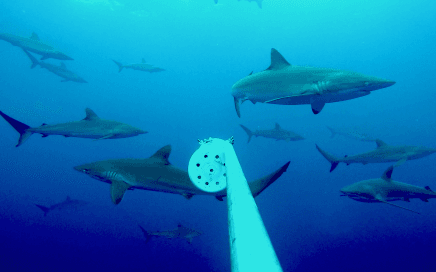
The Secret Life of the Sharks
After four years of research, the first results of the project The Secret Life of Sharks of Costa Rica are published in the Scientific Reports journal of Nature Research, a journal with a high impact worldwide.
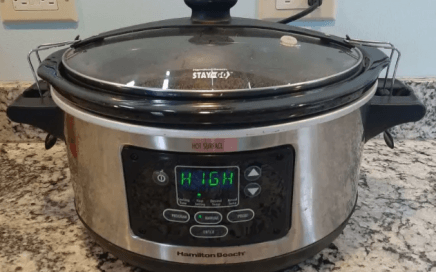
The Slow Cooker – Making Life Easier
Enter the idea of food prep and a slow cooker. This contraption is a game-changer in my life. Instead of just throwing together a peanut butter and jelly sandwich and a banana and calling it lunch, I am eating heartier, more satisfying meals now. I am spending so much less time at the stove and cleaning up after. I make large portions at a time and freeze whatever I don’t eat.
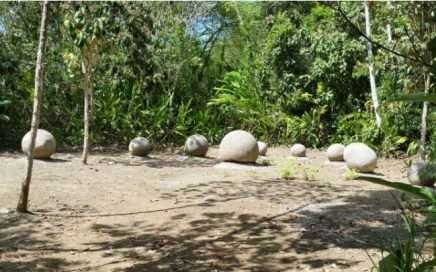
THE DIQUIS STONE SPHERES
The stone spheres are a representative sculptural element of the chiefdom societies of the Diquís delta. These artifacts were used as symbolic, ritual, socio-political objects, and possibly as chronological, status, and power markers. Its manufacture constituted an extended tradition, approximately between 300-400 BC. until 1500 A.D. During this period, its production and use reached its maximum development.
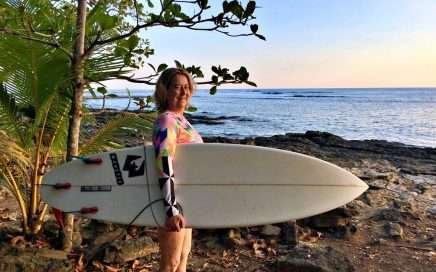
Why You Should Not Surf Alone – Part 2
Since I have surfed the spot for twenty years, I felt safe enough to drop in and make an exit before it got too shallow. What I did not anticipate was how much the tide would drop in that one hour.
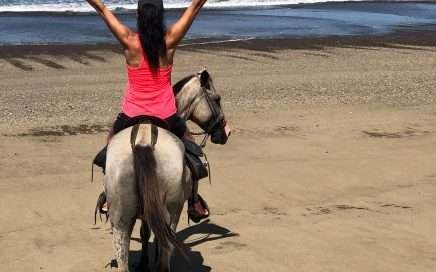
Hello Summer! We Welcome You!
Hello Summer! We Welcome You!
Author: Beth Sylver
I recently took a five-day virtual conference about Equine-Assisted Therapy. Many different presenters, workshops, and training videos wholly opened my eyes to a new way of looking at life. There were three major takeaways from the conference I’d like to share!

Do it yourself, change color in your home
The best way to receive the New Year is to change color in our homes, rooms, businesses, or any other space.
Changing color can lead to a transformation of the aesthetic and psychological situation. Through colors, we can alternate our mood and even improve behaviors.
